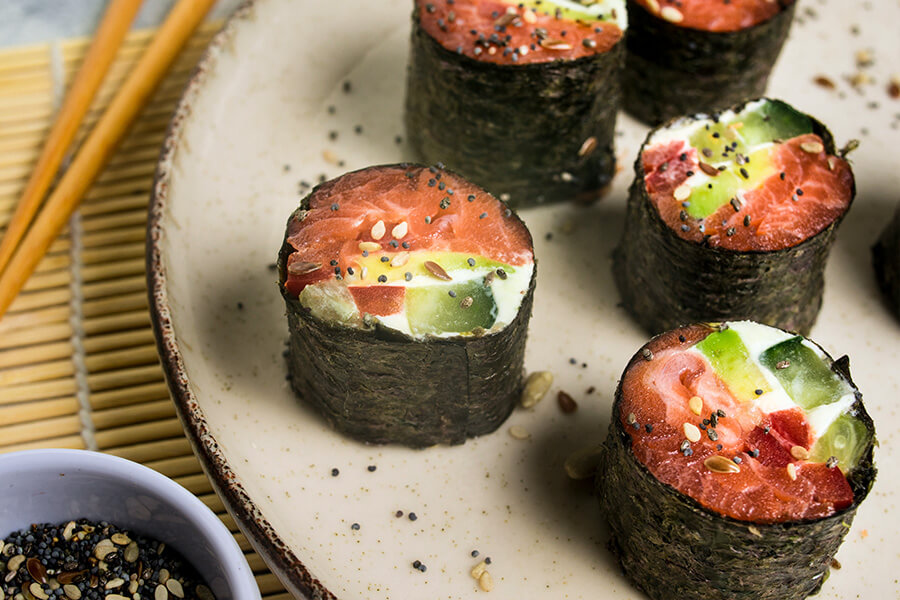Green vs. Napa vs. Savoy Cabbage: What’s the Difference?
Green vs. Napa vs. Savoy Cabbage: What’s the Difference?
Cabbage is a nutritious and versatile vegetable that is enjoyed in many parts of the world. While many people are familiar with the health benefits of cabbage, fewer know about the different varieties available. In this article, we will explore the differences between green, napa, and Savoy cabbage, including their characteristics, uses, and nutritional profiles.
What is Cabbage?
Cabbage is a member of the Brassicaceae family, which includes other plants such as broccoli, Brussels sprouts, and turnips. The word "cabbage" comes from the French word "cabocha," meaning "head," and refers to the tightly packed leaves that make up the vegetable. Cabbages come in a variety of shapes and sizes, and their leaves can be curly, flat, or crinkly.
Green Cabbage
Green cabbage is the most commonly available variety and is characterized by its tight, compact head and tightly packed leaves. The leaves are light green in color, with a slightly waxy texture and a mildly sweet and slightly bitter flavor. Green cabbage is heavy and dense, with a long shelf life that can last up to two months when stored in the refrigerator. It is also an economical choice, with a high edible yield.
Uses of Green Cabbage
Green cabbage can be used raw or cooked, making it a versatile addition to many dishes. Its crunchy texture is perfect for slicing thin and adding to slaws and salads, while large leaves can be used as wraps. Green cabbage is also commonly used in fermented dishes such as sauerkraut and kimchi, and is a popular ingredient in many Asian and European recipes.
Napa Cabbage
Napa cabbage is a variety of cabbage that is characterized by its longer, thinner leaves and slightly sweet flavor. The leaves are creamy white with light green tips, and are often used in salads and stir-fries. Napa cabbage is more perishable than green cabbage, with a shorter shelf life that typically lasts up to five days when stored in the refrigerator.
Uses of Napa Cabbage
Napa cabbage is often used in fermented dishes such as kimchi, and is a popular ingredient in many Asian and Chinese recipes. Its mild flavor and crunchy texture make it a great addition to salads, stir-fries, and spring rolls. Napa cabbage can also be roasted or grilled and used as a side dish or added to soups and stews.
Savoy Cabbage
Savoy cabbage is a variety of cabbage that is characterized by its tightly packed, crinkly leaves and slightly sweet flavor. The leaves are dark green in color, with a tender texture and a flavor that is slightly more robust than green cabbage. Savoy cabbage is lighter and more delicate than green cabbage, with a shorter shelf life that typically lasts up to one month when stored in the refrigerator.
Uses of Savoy Cabbage
Savoy cabbage is often used in cooked dishes such as stews and soups, and is a popular ingredient in many European recipes. Its tender texture makes it a great addition to salads, and its robust flavor pairs well with ingredients such as garlic and anchovies. Savoy cabbage can also be roasted or grilled and used as a side dish or added to other recipes.
Nutrition Information for Cabbage
Cabbage is a nutrient-rich vegetable that is low in calories and rich in vitamins, minerals, and antioxidants. One cup of raw, shredded cabbage contains:
- Calories: 18
- Total Carbohydrates: 4g
- Dietary Fiber: 2g
- Total Sugars: 2g
- Protein: 0.8g
- Total Fat: 0g
- Saturated Fat: 0g
- Sodium: 13mg
- Calcium: 28mg
- Magnesium: 8mg
- Vitamin C: 25mg
- Vitamin K: 53mcg
Can I Use Green, Napa, and Savoy Cabbage Interchangeably?
While it is possible to use green, napa, and Savoy cabbage interchangeably in some recipes, their varying textures and flavors make it best to choose the variety that is most suitable for the dish you are making. Savoy cabbage and napa cabbage can often be swapped for one another, while green cabbage has a tougher texture and a more peppery flavor that makes it more challenging to substitute.
The Bottom Line
Green, napa, and Savoy cabbage are three distinct varieties of cabbage that offer different characteristics, uses, and nutritional profiles. Whether you are looking to add some crunch and texture to your salads, stir-fries, and stews, or to add some flavor and nutrients to your fermented dishes, cabbage is a versatile and delicious addition to many recipes.
FAQs
- Q: What is the difference between green, napa, and Savoy cabbage?
A: Green cabbage has a tight, compact head and tightly packed leaves, while napa cabbage has longer, thinner leaves and a slightly sweeter flavor. Savoy cabbage has tightly packed, crinkly leaves and a slightly more robust flavor. - Q: How do I store cabbage?
A: Cabbage should be stored in the refrigerator, away from direct sunlight and heat. Green and napa cabbage can last up to two months and one month, respectively, while Savoy cabbage has a shorter shelf life that typically lasts up to one month. - Q: Can I use cabbage interchangeably in recipes?
A: While it is possible to use green, napa, and Savoy cabbage interchangeably in some recipes, their varying textures and flavors make it best to choose the variety that is most suitable for the dish you are making. - Q: Is cabbage healthy?
A: Cabbage is a nutrient-rich vegetable that is low in calories and rich in vitamins, minerals, and antioxidants. It is also low in fat and high in fiber, making it a great addition to a healthy diet.

:max_bytes(150000):strip_icc()/3-Cabbage-Types-sept-2024-f812d9af2533427c91643a1e18242541.jpg)

